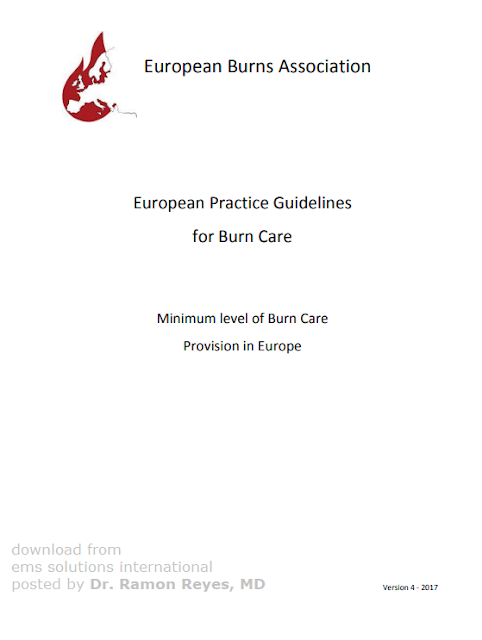Tea-scald toddler Zed Merrick given spray-on skin
A mother of a Lincolnshire toddler who was badly burnt says the result of a spray-on skin treatment was "amazing".
Two-year-old Zed Merrick, from Ulceby, spilled a hot cup of tea over himself last October, which left him severely scalded.
Doctors carried out a procedure where Zed's skin cells were sprayed on to the injury on his chest from an aerosol.
Zed's mother Nicky Merrick said the treatment has now left her son almost scar free.
She said at the time he was "obviously in a lot of pain and screaming".
'Peeling away'
"My mum was making a cup of tea and Zed ran in so quickly and pulled it all over himself before we could see him move," Ms Merrick said.
"My mum ripped his t-shirt off him, she wanted to get the hot shirt off his chest, I threw a jug of water over his chest and our neighbour got us both into the shower to get the cold water running on him.
"Straight away the skin was peeling away, similar to when you get sunburnt and your skin starts to peel, it was very red and very sore."
Ms Merrick said her neighbour, who was a nurse, put cold towels on Zed's chest and replaced them as they got hot until the paramedic arrived.
"We didn't realise at the time how spectacular the treatment is and how amazing the results can be.
"They take a sample of skin and turn into a spray. They sprayed that on to his chest and it helped the cells renew, grow and adapt."
Ms Merrick said she had no fear of the cells being rejected because they had been taken from Zed.
"His skin was very pink at first, but over the weeks it got paler and paler now you can't even see it that much now," she said.
'Healthy skin cells'
The ReCell Spray-On Skin treatment, developed by Avita Medical, was carried out in October 2011. It has taken four months for Zed's chest to look almost scar free.
Claire Darby, the company's clinical manager, said: "Essentially, ReCell is able to harness the body's natural ability to heal itself.
"It allows the surgeon to harvest all the healthy skin cells required to form normal healthy looking skin again as a one-step procedure.
"If the patient is treated early this will reduce the risk of scarring and chance of infection."
Ms Merrick added that the alternative treatment would have been skin graft.
"That could have meant several weeks in hospital, multiple operations and very painful bandage changes," she said.
Link BBC News
Link Product Web ReCell ® Spray-On Skin ™




















